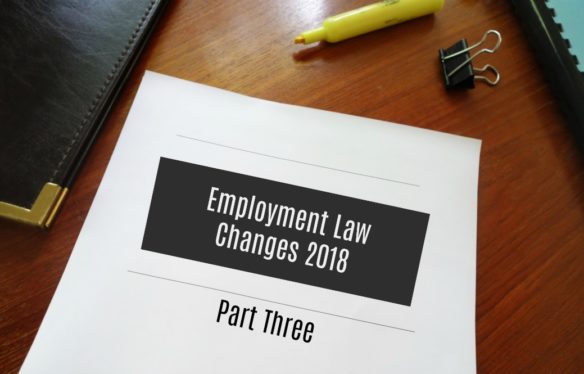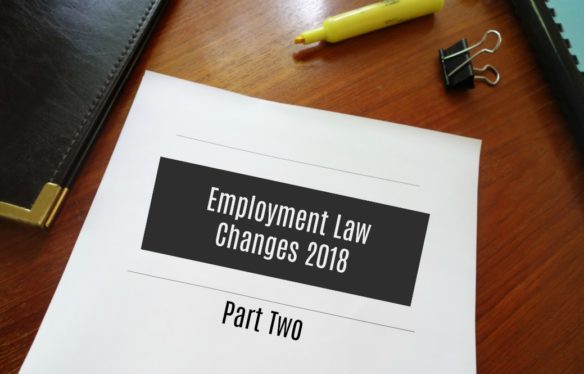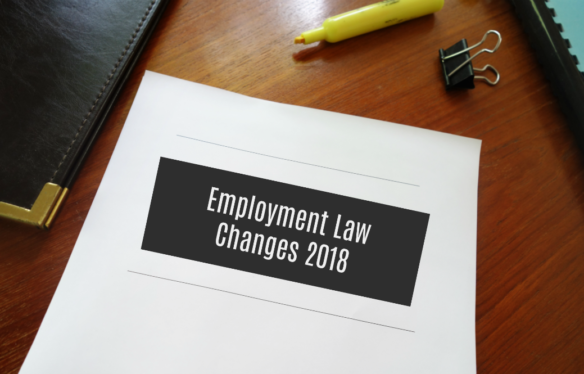
Perhaps your employees are performing the minimum expected, but wouldn’t you prefer they took the initiative to go above and beyond?
By fostering healthy employee morale, employers can get the most out of their team. Morale is the oil for a smoothly running machine and can have a profound effect on productivity, talent retention, and, ultimately, a company’s bottom line. Simply put, high spirits facilitate higher rates of engagement.
And the management team plays a big role in encouraging staff members to perform their best work on a regular basis. How? By communicating clear-cut roles, setting high standards, and being consistent and fair. To understand how these elements affect employee morale, let’s take a look at what happens in their absence.
Here are 7 ways your management team may be crushing employee morale:
-
Not taking responsibility for mistakes.
Ultimately, success is a team effort – if one of your employees falls through they might not have access to the tools they need to succeed. Instead of assuming they just made an error, consider whether management communicated initiatives effectively and made sure their employees understood their instructions.
-
Publicly shaming or calling out employees.
The effect of public embarrassment and humiliation is always negative. Employees may become resentful and begin acting out or they may retreat, causing them to underperform or seek employment elsewhere. If an employee issue must be addressed, privately is best – and respectfully. Employees may be more willing to acknowledge their mistakes, making them less likely to repeat them.
-
Threatening their jobs.
People make mistakes. Employees miss the mark sometimes. When this happens, don’t threaten their jobs. Threatening their livelihood will only make them feel anxious and utterly replaceable, which, in turn, affects performance. Instead, management should work with them to figure out why they might not be performing as expected and then ought to help them find solutions that take into account their unique working style.
When managers micromanage employees, they are essentially second-guessing their work. Micromanaging tells employees leaders don’t trust them or think they’re incompetent. Don’t dictate how they complete their job to the last detail. Everyone has a unique working style – interfering with this process can dampen productivity. Define the end result and let the employees forge their own way.
-
Never offering praise where praise is due.
Reinforce a job well done. When leaders shine a spotlight on employees who go above and beyond, they’re not only reinforcing that individual’s behavior but encouraging others to do the same – everyone loves a pat on the back once and a while.
-
Tuning out employee ideas.
You never know where the next big idea is going to come from. Listening to your employees not only deepens the creative pool but makes your staff feel like they have a say, encouraging a sense of shared responsibility in company outcomes.
-
Not addressing bad employee behavior.
When managers ignore toxic behavior, such as bullying, back-talking, or general negativity, they are inadvertently condoning said behavior, allowing negativity to spread through the ranks. Management should take the appropriate actions from the get-go, showing the team it won’t be tolerated.
Avoid these mistakes to boost employee morale, which, in turn, will generate higher levels of engagement. Just remember that it’s not up to the individual but the entire management staff to set aside their personal goals and work for the common good of all the company and the employees’ benefit.
If you’d like to learn more about boosting employee morale, please contact our human resource experts at RTR Consulting. For more than 20 years, we’ve been helping small to medium-sized businesses manage their most precious resource through a full range of HR services – at a fraction of the cost of an in-house department, too!







